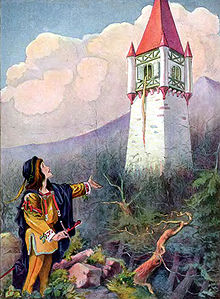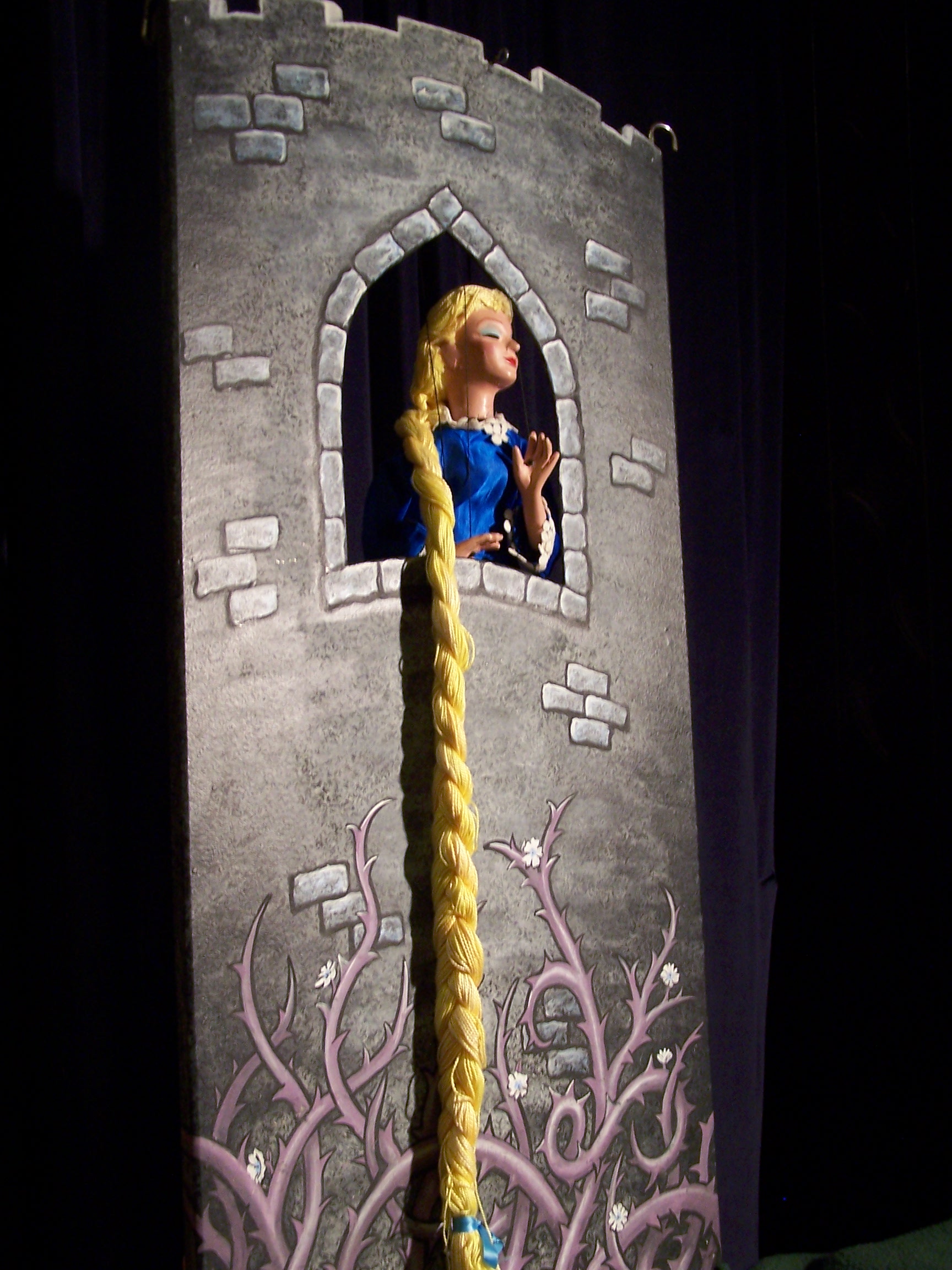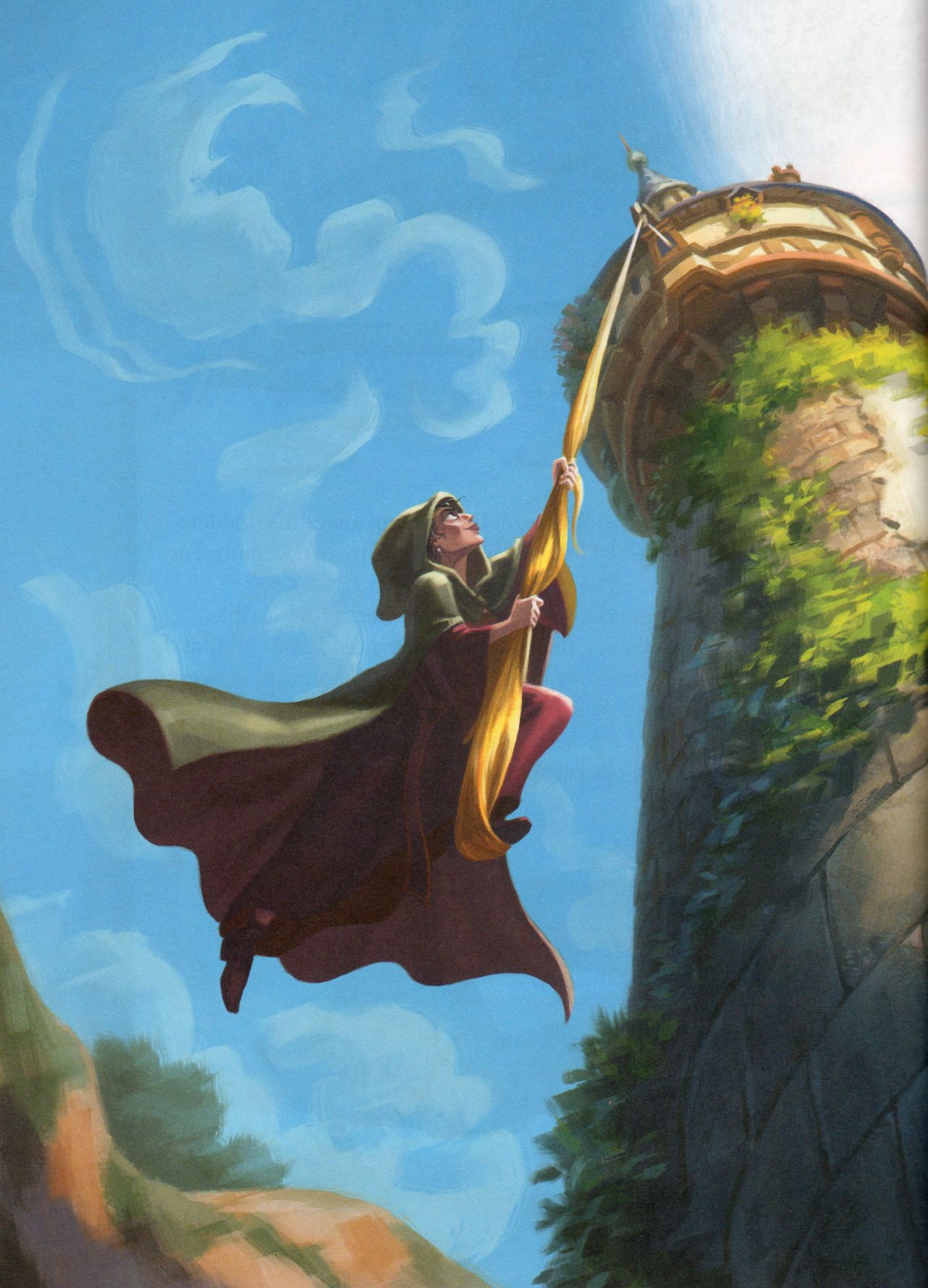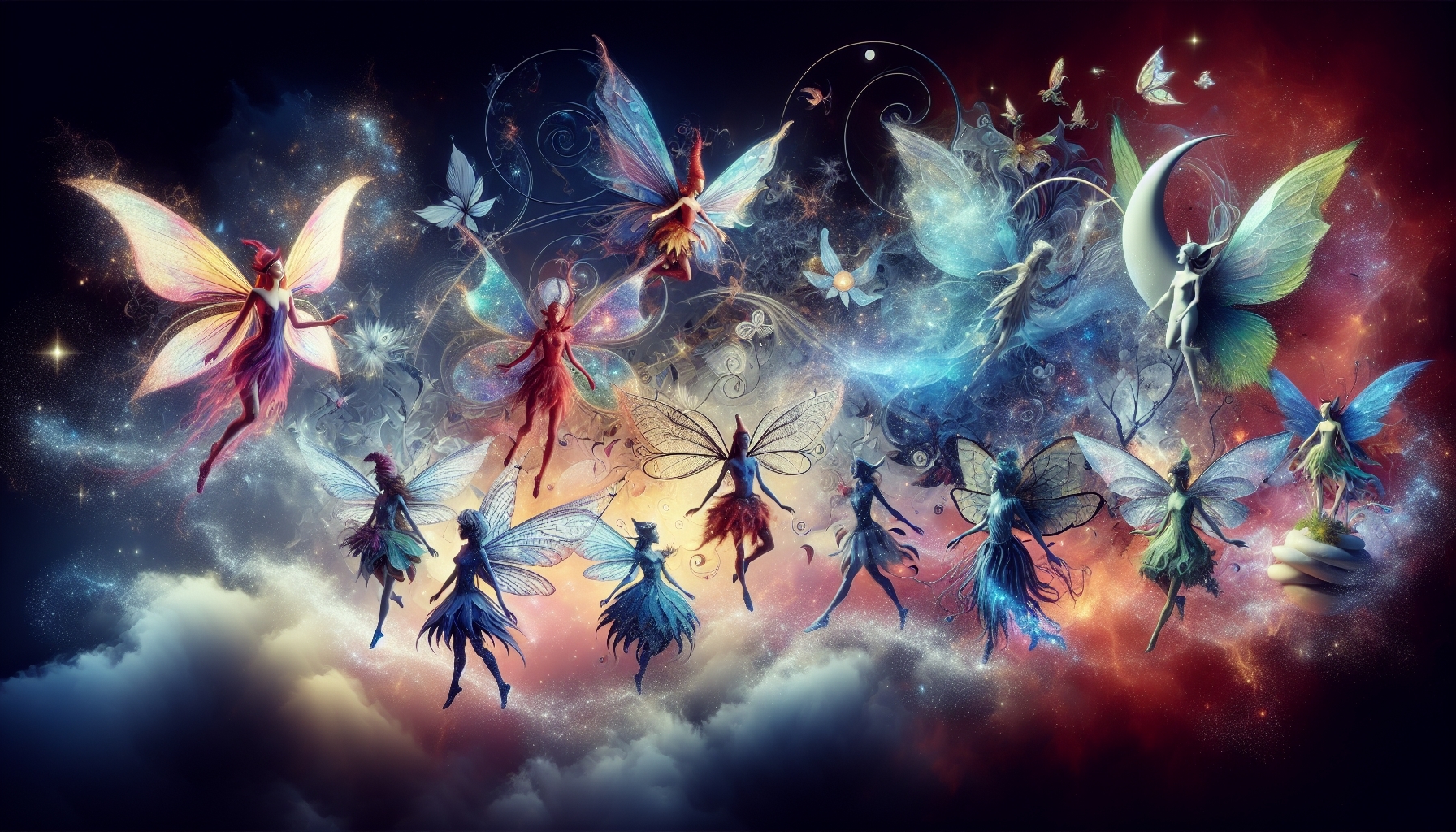Rapunzel Fairytale history
with many Authors

Rapunzel Fairytale history with many Authors, is a classic fairytale that has captivated audiences for centuries, with its enchanting story of a beautiful girl with extraordinarily long hair who is imprisoned in a tower by an evil witch. While the story has been adapted and retold numerous times, its origins and the history behind its authors are just as fascinating as the tale itself. In this essay, we will delve into the roots of Rapunzel, its various versions, the authors behind the famous retellings, and the enduring impact of the story on our collective imagination.
Rapunzel's origins are deeply rooted in various cultural folk traditions, with early iterations of the story found in Italy, France, and even as far as the Middle East. The tale has evolved over time, taking on new elements and characteristics while retaining its central themes of love, imprisonment, and the triumph of good over evil. Some scholars even suggest that the story has connections to ancient Greek mythology and the myth of the goddess Demeter and her daughter Persephone, who was abducted by Hades and trapped in the underworld.

Rapunzel Fairytale history
Authors That Developed Rapunzel
Rapunzel Fairytale by Giambattista Basile's published in"Petrosinella":In 1634, Giambattista Basile, an Italian poet, courtier, and fairy tale collector, published a collection of tales called "Lo cunto de li cunti" or "The Tale of Tales." This collection included the story of "Petrosinella," which is strikingly similar to the later Rapunzel story. In "Petrosinella," a pregnant woman craves parsley from the garden of an ogress. Her husband steals the parsley, and when caught, promises to give the ogress their unborn child. When Petrosinella grows up, she is imprisoned in a tower by the ogress. However, Petrosinella is ultimately able to escape with the help of a prince and cleverly outwits the ogress.
In 1698, French author Charlotte-Rose de Caumont de La Force was a French noblewoman and writer who drew upon Basile's "Petrosinella" when she wrote her own version of the Rapunzel Fairytale story "Persinette" In this tale, a fairy imprisons the protagonist in a tower to protect her from a curse. Like the later Rapunzel, Persinette has magical hair that grows very long, which she uses to let a prince climb into the tower. The story ends with a daring escape, as the couple outsmarts the fairy." Her rendition introduces new elements, including the magical powers of Persinette's tears, which later influenced the Brothers Grimm's version. De La Force's tale also emphasizes female agency, as Persinette is more proactive in her own rescue compared to earlier iterations of the story.
Friedrich Schulz influenced Brothers Grimm's "Rapunzel" Fairytale adaptation of the story, published in 1790. Schulz's version, titled "Rapunzel," was a German adaptation of Charlotte-Rose de Caumont de La Force's "Persinette." The Grimm brothers were known to have collected and adapted various folktales, incorporating elements from multiple sources, and their version of Rapunzel was no exception.
Schulz's adaptation of the story was an important link between the earlier French and Italian versions and the later Grimm Brothers' version that became the most well-known iteration of the tale. While Schulz's retelling of Rapunzel is not as widely recognized as the Grimm brothers' version, it played a significant role in the development and popularization of the story in German-speaking regions and beyond.

The version of Rapunzel that is most familiar to modern audiences was published by the Brothers Grimm in their famous collection of German folktales, "Kinder- und Hausmärchen" (Children's and Household Tales), first released in 1812. The Grimm brothers, Jacob and Wilhelm, were German academics and linguists who sought to preserve and promote traditional German stories and culture. Their retelling of Rapunzel features a pregnant woman who craves the rapunzel plant from the garden of a witch named Dame Gothel. The woman's husband steals the plant, and in exchange for his wife's life, he must give the witch their unborn child. When Rapunzel reaches adolescence, she is locked away in a high tower, and her hair becomes the only means of access to the tower.
The Grimm brothers' version of the story adds some darker elements, such as the prince being blinded by thorns when he falls from the tower, and the healing tears that restore his sight. However, their retelling retains the core themes of the earlier versions, such as love, courage, and the triumph of good over evil.
The Brothers Grimm's "Rapunzel" is the version of the tale that is so famous, largely because of their significant efforts to compile and preserve German folk stories. They were instrumental in shaping the modern perception of fairy tales as an important part of cultural heritage. Their version of Rapunzel is darker than previous versions, with the prince suffering a terrible fall and subsequent blindness, and Rapunzel giving birth to twins while in exile. This darker tone reflects the Grimm brothers' belief in the didactic power of fairy tales, which often included moral lessons and cautionary elements.
Here's What We Think!
The history of Rapunzel, as seen through its various authors and cultural origins, highlights the enduring power of fairy tales to captivate our imaginations and reflect the values and concerns of different societies. The story of Rapunzel has had a lasting impact on literature, art, and popular culture. It has been adapted into various formats, including stage plays, musicals, and animated films. One of the most famous adaptations is Disney's 2010 animated film "Tangled," which reimagines the story with a more modern and empowered heroine, as well as a comedic twist. The character of Rapunzel has become an iconic figure in the world of fairy tales, symbolizing the themes of captivity, longing, and the transformative power of love.
Do You want the Fairy Tale ***Click Here ***

